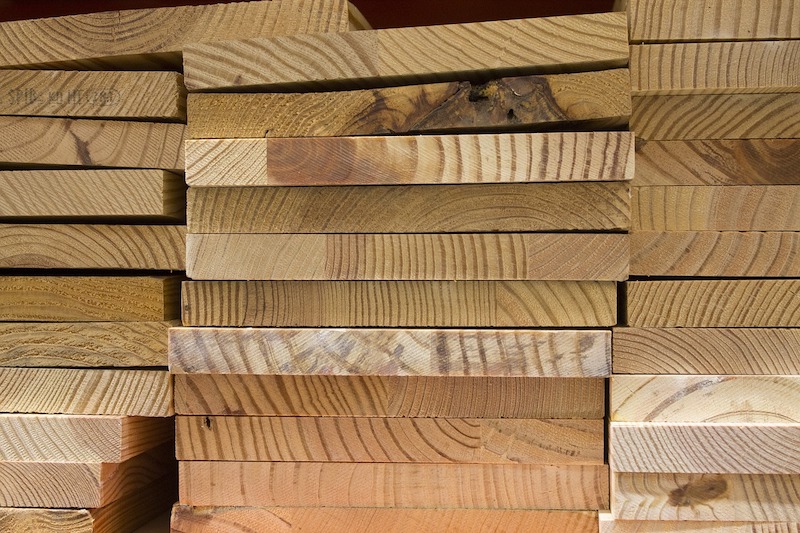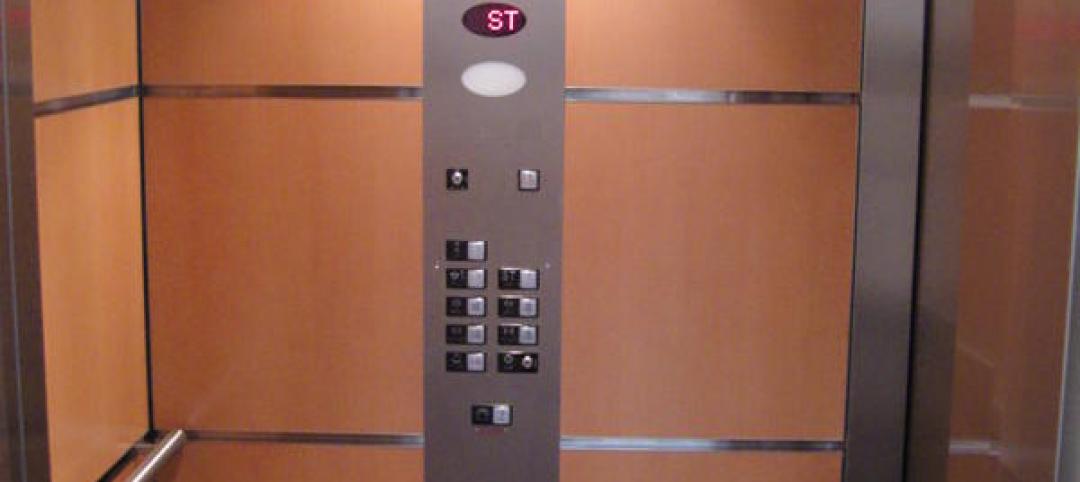Cross-laminated timber, or CLT, is touted as a more sustainable option for building construction than concrete and steel. But is it really? The answer is complicated.
CLT is intended to replace concrete and steel whose production accounts for about 13% of global carbon dioxide emissions. Wood in CLT panels pulled CO2 from the atmosphere, and that carbon should remain locked up as long as the building stands.
Some forest scientists, climate modelers, and materials experts question how much of an environmental net gain results from using CLT to replace concrete and steel. Part of the concern relates to choices the lumber industry makes in forestry practices and manufacturing.
Lots of carbon gets dumped into the atmosphere when logs are transformed into CLT, they say. Sawmills and CLT plants typically burn bark, sawdust, and other wood wastes for heat, releasing carbon. Piles of branches, treetops, and smaller trees left behind after a harvest are often burned or left to decompose—releasing carbon into the atmosphere.
When it comes to combating global climate change, the mantra of “wood is good” may be simplistic.
Related Stories
| Apr 26, 2012
Contractors fear that GSA scandal will lead to fewer federal construction contracts
In the wake of the recent scandal at the General Services Administration in which workers spent lavishly at a Las Vegas conference, a spokesman for Associated General Contractors of America said contractors are worried the scandal will result in cuts to GSA's construction and renovation budgets.
| Apr 26, 2012
Developers can use LEED wastewater credits to help gain approvals in environmentally sensitive locales
Those wanting to pursue development in heavily regulated and environmentally sensitive areas are benefiting by designing projects that qualify for LEED points, even if the project as a whole does not achieve certification.
| Apr 26, 2012
New York City Council moves to license elevator mechanics
New York’s City Council introduced a measure last week that would require the city’s 7,000 elevator mechanics to meet national standards and be licensed by the city.
| Apr 23, 2012
AAMA releases updated specification for anodized aluminum
AAMA 611-12 describes test procedures and requirements for high performance (Class I) and commercial (Class II) architectural quality aluminum oxide coatings applied to aluminum extrusions and panels for architectural products.
| Apr 19, 2012
Michigan legislature tackling controversial rules on electricians
A fight is brewing in the Michigan legislature over how many fully qualified electricians must be present during electrical work when apprentices also are on hand.
| Apr 19, 2012
Washington city may base building code on rising sea level due to global warming
Aberdeen may become the first city in Washington to base a building code on rising oceans and global warming.
| Apr 19, 2012
CSI webinar on energy codes and building envelopes
This seminar will review recent changes in energy codes, examples of building enclosure wall assemblies for code compliance, potential moisture management and durability challenges, and design tools to assess and minimize potential problems.
| Apr 19, 2012
Innovative plan for storm water in Philadelphia gets EPA’s OK
Philadelphia's $2 billion plan to manage its storm water with green methods including porous pavement, green roofs, and more trees, was officially approved last week by the U.S. Environmental Protection Agency.
| Apr 19, 2012
LEED 2012 to include new credit category for transit-oriented development
The updated LEED 2012 system will introduce a new credit category, “Location and Transportation,” to encourage development oriented around public transit and more walkable communities.
















